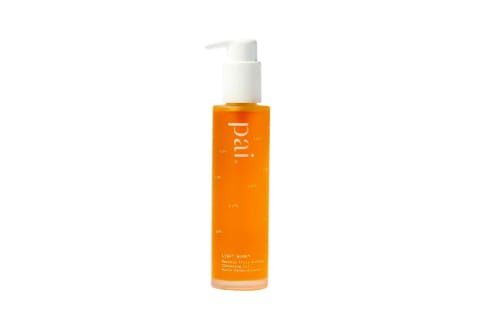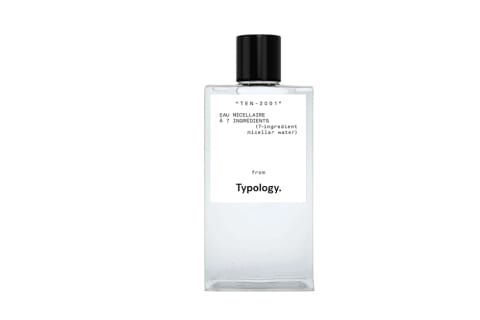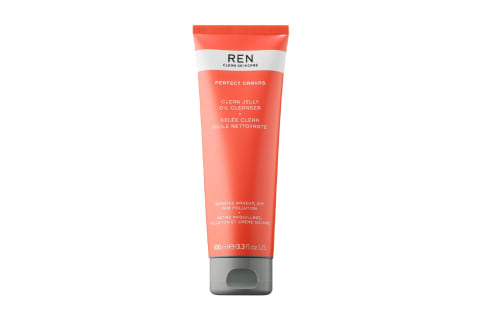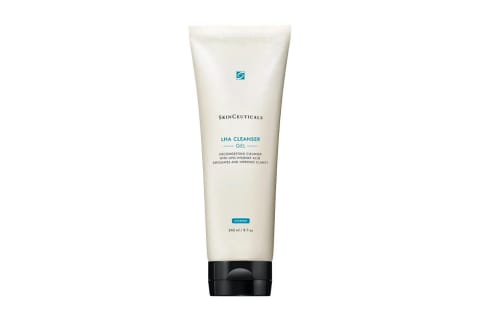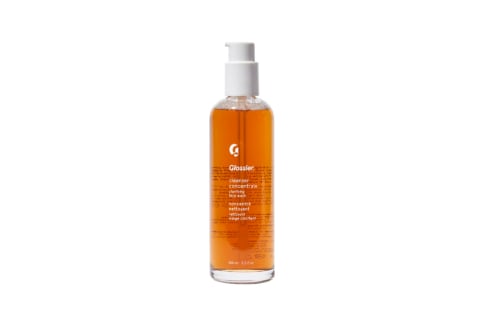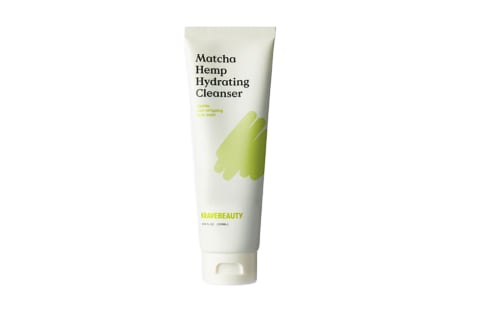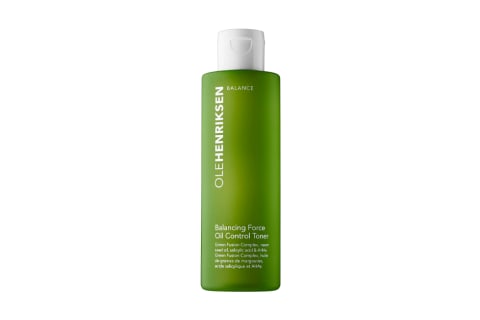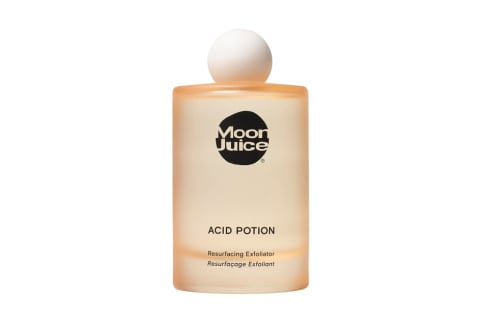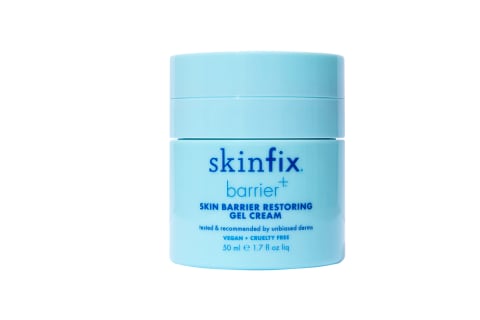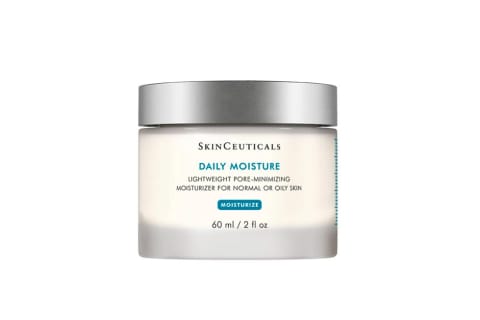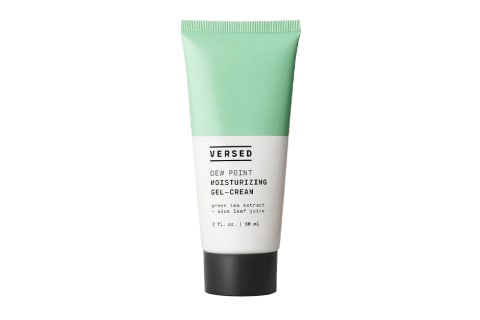Skin care routines may have similar steps from person to person (you know the drill: wash, hydrate, SPF); however, the products used should be tailored to your skin type. To save you time, we’ve asked dermatologists for the best routine for oily skin. If you have oily acne-prone skin, you’ll want to opt for a noncomedogenic oil. A few grade-A options include jojoba oil, rosehip oil, hemp seed oil, evening primrose oil, sea buckthorn oil, tea tree oil, grapeseed oil, and tamanu oil. If oil cleansers just aren’t your thing, opt for micellar water and a reusable cotton pad instead. Cleansers with salicylic or glycolic acid are preferable, board-certified dermatologist Jeremy Fenton, M.D., tells mbg. “These not only help to exfoliate the skin but also help to control oil,” he explains. Astringents like witch hazel will help to minimize excess oil. That being said, if you’re using other oil-control products throughout the routine, you may opt for a hydrating toner or essence to restore moisture instead. Why? Oil control is all about balance, and if you strip your skin too much it may spur your skin into producing more sebum. Kind of the opposite effect of what we’re trying to get here, no? If you get oily in the T-zone only (i.e., have combination skin), then using an astringent toner in that area only may be a more strategic choice. This way, you’ll get the benefit of an astringent where you need it and prevent drying out other areas on the face. On the evenings you choose to exfoliate, pick your acids wisely. “Glycolic and salicylic acid are great exfoliants for oily skin,” Fenton explains. Salicylic acid in particular may be a better choice for those with oily and acne-prone skin. “This beta-hydroxy acid is oil-soluble, allowing it to penetrate deep into pores, unclogging them,” board-certified dermatologist Ramya Garlapati, M.D., explains. One perk of having oily skin is that you may tolerate retinol products better than those with dry skin. Not only will you reap the benefits of retinol for healthy skin aging, but you’ll also get the added bonus of reducing excess oil production, Fenton says. If you have oily and acne-prone skin, you may want to go for something a bit stronger—like retinaldehyde or prescription-grade retinoids like tretinoin or Tazorac. Be sure to consult your dermatologist if your breakouts aren’t easing up with your over-the-counter skin care products. “Gels or gel creams have a higher water content and are usually oil-free and are quickly absorbed into the skin,” Garlapati says. On the flip side, creams are generally oil-based and will leave the skin feeling a bit greasy–which is why they’re ideal for dry skin instead. A few hero ingredients to look for in your oily skin moisturizers include: “For the most part, those with oily skin will be able to wash their face several times per day and not have issues with dry skin,” Fenton explains. This doesn’t mean you should wash your face more than twice a day, but the fact that your skin doesn’t dry out speaks volumes.


